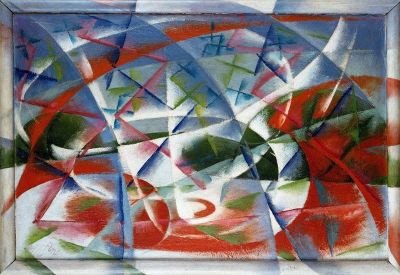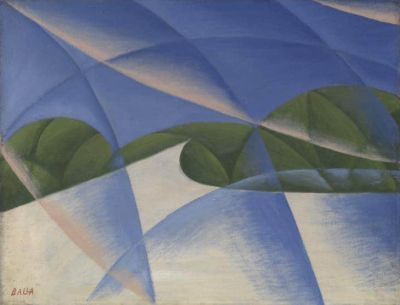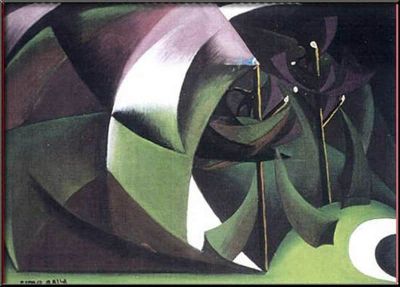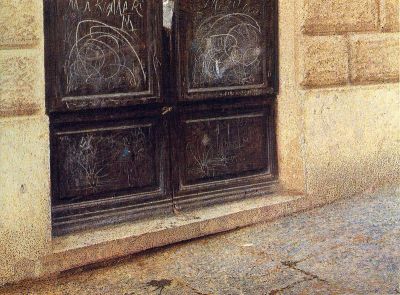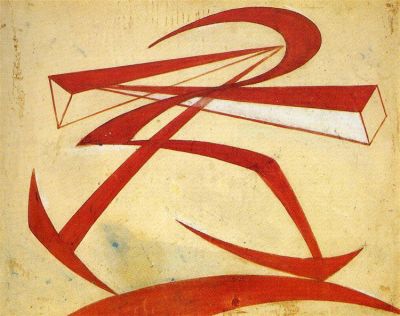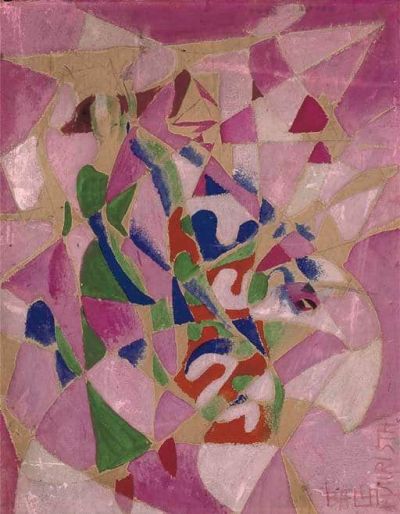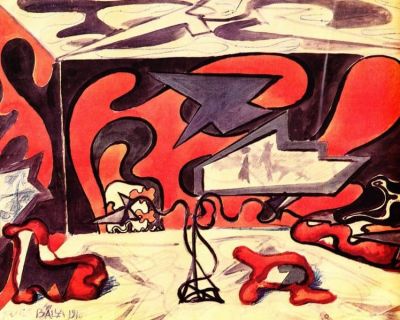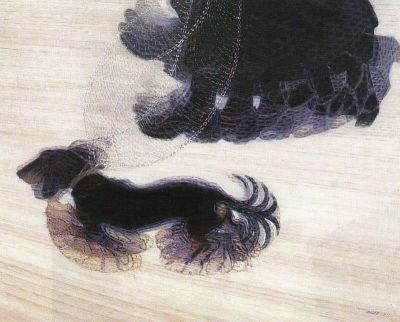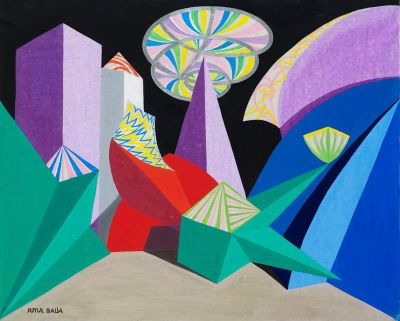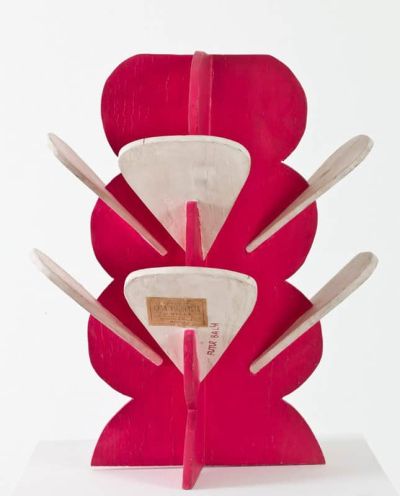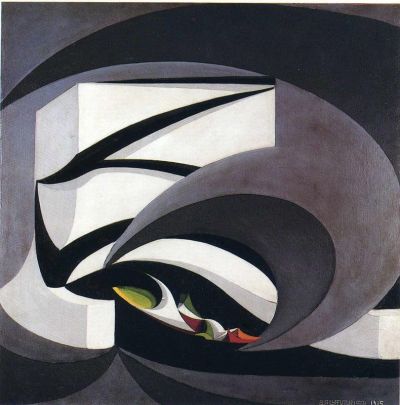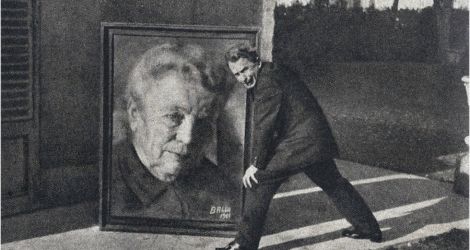
Giacomo Balla paintings & art style
Giacomo Balla was an Italian painter who was born on July 24, 1871, in Turin and died on March 1, 1958, in Rome. He was a founder of the Futurist movement in painting.
Balla didn't have much official art training. He only spent a short time at an art school in Turin. In his 20s, he moved to Rome. When he was a young artist, the French Neo-Impressionism he saw in Paris in 1900 had a big impact on him. When he went back to Rome, he used the Neo-Impressionist style and taught it to two younger artists, Umberto Boccioni and Gino Severini. Balla's early works show how French art was changing at the time, but they also hint at his lifelong interest in showing how light works. Balla, Boccioni, and Severini were all influenced by the Milanese poet Filippo Marinetti. In 1909, he started a literary movement called Futurism, which was an attempt to revive Italian culture by accepting the power of modern science and technology. In 1910, Balla and other Italian artists put out a book called "Technical Manifesto of Futurist Painting."
Balla, unlike most Futurists, was a lyrical painter who didn't care about violence or modern tools. For example, the Street Light—Study of Light (1909) shows how light changes over time. Even though he likes different things to paint, Balla's drawings like this one have a sense of speed and urgency that fits with Futurism's interest in the speed of modern life. One of his most famous works, Dynamism of a Dog on a Leash (1912), shows a woman walking a dog down a street almost frame by frame. The work shows his idea of simultaneity, which is how to show motion by showing many different parts of a moving object at the same time. This desire to show a single moment in a number of planes came from Cubism, but Balla's interest in photography is also likely to have played a role.
